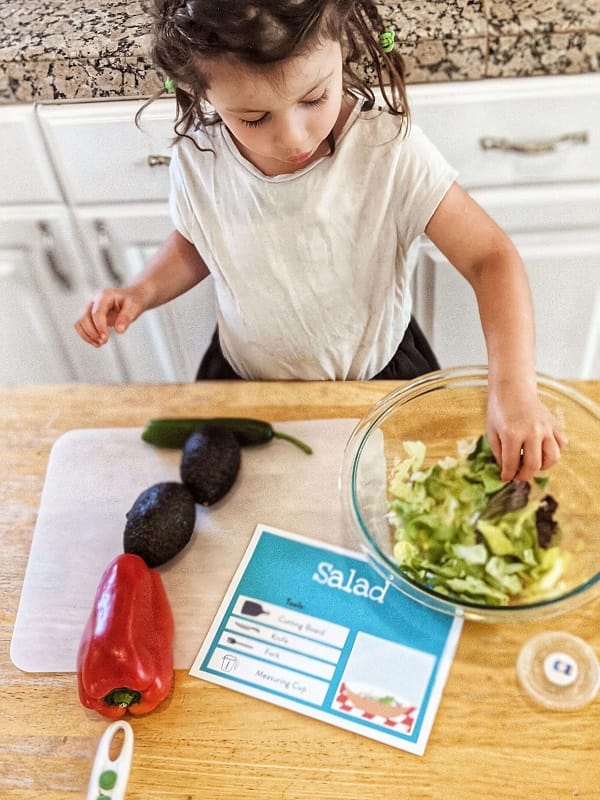Welcome to Smart Substitutions August Edition! This is where we introduce a small change that you can make in your daily cooking habits to create foods that are delicious and a little bit healthier. This month’s feature substitution: Natural Peanut Butter.
What:
This is actually a little confusing. The honest definition is a spread that is made up of only 2 ingredients: peanuts and salt. The FDA’s definition is a spread that is made from at least 90% peanuts. The other 10% can only be salt, natural sweeteners and natural oils. So, you can use the word “natural” for peanut butters contain additives such as sugar, palm oil and salt, If a peanut butter has hydrogenated oil added to in, then it’s technically called “peanut butter spread.” It’s always important to check the ingredients to make sure you know what’s in your peanut butter.
Generally speaking, natural peanut butter doesn’t contain any of the homogenization found in other peanut butters. This means that the oil tends to separate and float to the top, so you need to give it a good stir before you use it. Since many natural peanut butters lack the preservatives found in regular peanut butters, you’ll need to store it in the refrigerator after opening.
Where:
It’s everywhere. Back in the day, the only way to get natural peanut butter was to roast and grind peanuts yourself. Now many major name-brands and store brands carry a version of natural peanut butter, found in the aisle next to the regular peanut butter. A word of caution though: Read the labels! It can be a little tricky to figure out which “natural” peanut is also the least processed.
Why:
If the definition of “natural peanut butter” was shocking, then you probably already understand why you’d want to make the switch. Regular peanut butter is fully of healthy peanuts, as well as sugar, hydrogenated oils and preservatives. Anyone trying to reduce the amount of added sugar in their diet, or cut back on hydrogenated oils can still enjoy all the flavor of peanut butter without the hassle of making it themselves. (Which I have tried, by the way, and do not recommend. The texture is just never right. Do yourself a favor and buy it instead!)
When:
Lunchtime. Snack time. Peanut butter jelly time. You can substitute natural peanut butter in sandwiches, sauces, cookies, frosting, or simply eat it off the spoon. It’s a great source of protein and fiber, but it is a high fat food, so don’t eat the whole jar in one sitting. Since natural peanut butter is stored in the fridge, it’s difficult to spread. It needs a few minutes to warm up before it’s as user-friendly as the more processed peanut butters. At room temperature, it’s a little bit runnier than standard PB, which is great for mixing into dough, but can be a little messy when you’re taking a bite of your sandwich.

